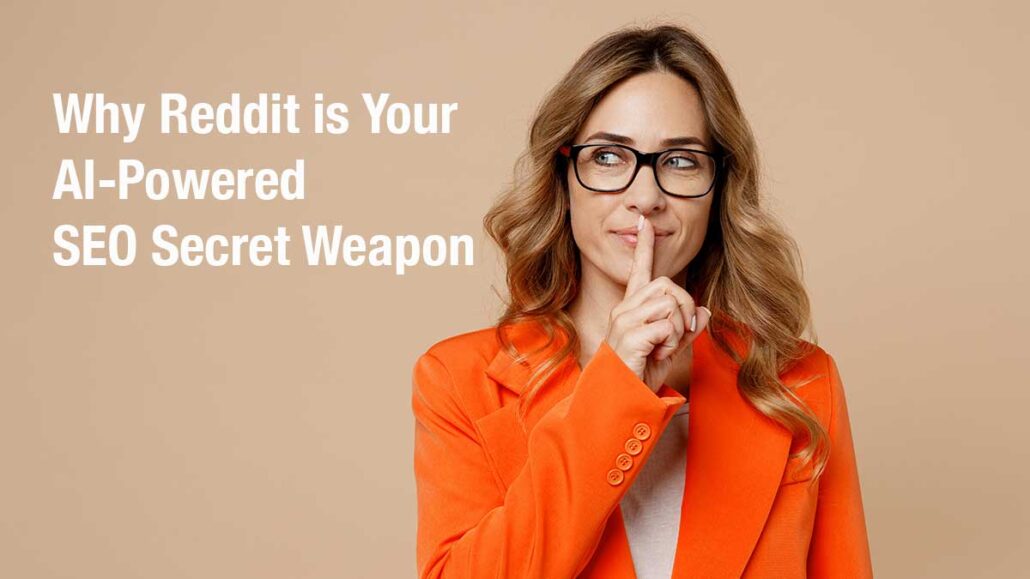Learn the facts on search intent, SEO, and your search engine results
Search intent is the problem, question, or query a person wants solved. This drives the terms they enter in a search engine.
Knowing search intent or user intent is essential to optimizing your content for your users. When you know what your users are looking for, you can create content that resonates and helps them.
Ultimately, Google’s goal is to provide your searchers with the best content that answers their questions. As a Your Money Your Life (YMYL) website, it is important your content is relevant and relatable to your readers – knowing search intent helps you do this.
The internet is a crowded space for health, wellness, supplement, and nutrition brands. And this is exactly why knowing search intent and using it to optimize your content for SEO and your audience is critical.
Keep reading to learn:
- More about why search intent is important
- About the 4 different types of search intent
- How to determine search intent
- 4 search intent optimization steps
At the end of this blog, we’ve created a short 4-step search intent checklist for you. Use this whenever you’re researching keywords, writing or refreshing new content, or doing an audit of your content.
Remember, your content and website exist for your audience. Knowing and addressing search intent is essential to giving your audience (and Google) what they want.
What is Search Intent?
Search intent is the problem, question, or query a person wants solved. This drives the terms they enter in a search engine.
There are four common search intent types: informational, commercial, transactional, and navigational.
Your job is to know the search intent type for your target keywords and to write content that delivers on this search intent.
Content optimized for search intent keeps two very important audiences happy: your users and Google.
Google’s goal is to give its users what they want. This can only happen if you create the content Google wants. It’s kind of like a “you scratch my back and I’ll scratch yours” relationship.
- Determine search intent.
- Create content that meets search intent.
- Tell Google about this content.
- This makes it easy for Google to help its customers.
- Google thanks you by displaying your content at the top of the search engine results.
- Your audience sees, clicks, and reads this content.
- You are now a trusted expert for Google and your audience. Hint: super valuable for YMYL websites and to communicate expertise, authoritativeness, and trustworthiness (E-E-A-T).
Why is Search Intent Important for Health and Wellness Brands?
Search intent is important because satisfying search intent is Google’s number one priority.
To rank well in Google search engine results, you need to optimize for search intent. Your SEO success hinges on search intent.
In fact, in Google’s Quality Rater Guidelines, section 12.7 is devoted to user intent (search intent) and its importance when evaluating content.
In How Intent is Redefining the Marketing Funnel, Google states:
Forget everything you know about the marketing funnel. Today, people are no longer following a linear path from awareness to consideration to purchase. They are narrowing and broadening their consideration set in unique and unpredictable moments. People turn to their devices to get immediate answers. And every time they do, they are expressing intent and reshaping the traditional marketing funnel along the way.
To sum up: search intent is important because Google says it is.
For health, wellness, nutrition, and supplement brands – you need Google to recognize you as a trusted expert and authority in your subject matter and niche. One of the best ways to do this is to create content that meets the search intent of your audience – this proves to Google that you are committed to helping your customers with relevant and useful content.
The Four Types of Search Intent
There are four types of search intent you need to know about:
- Informational: the person wants information. The type of information can range from factual, such as what are vitamins to the more detailed such as why does my blood sugar spike after a big meal. An informational search may or may not be phrased in a question.
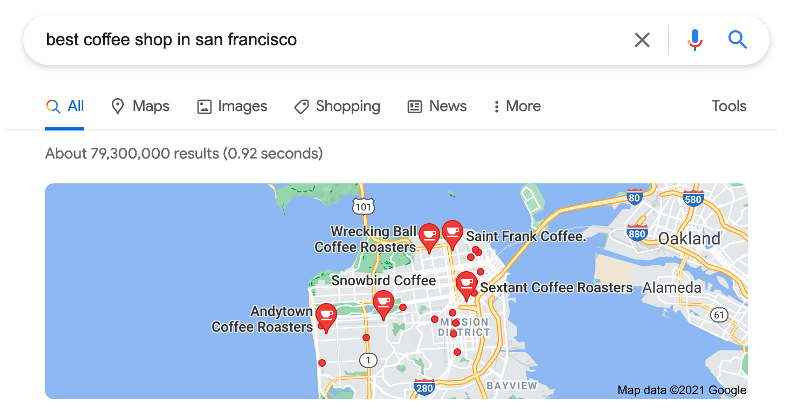 Examples of informational search intent:
Examples of informational search intent:
-
- Vitamins and minerals
- Best coffee shop in San Francisco
- Michael Jordan
- Commercial: the person knows what they want to buy but requires extra information. This person is very close to making a purchase decision and is now looking for product reviews, comparison charts, and details about the best or most popular options.
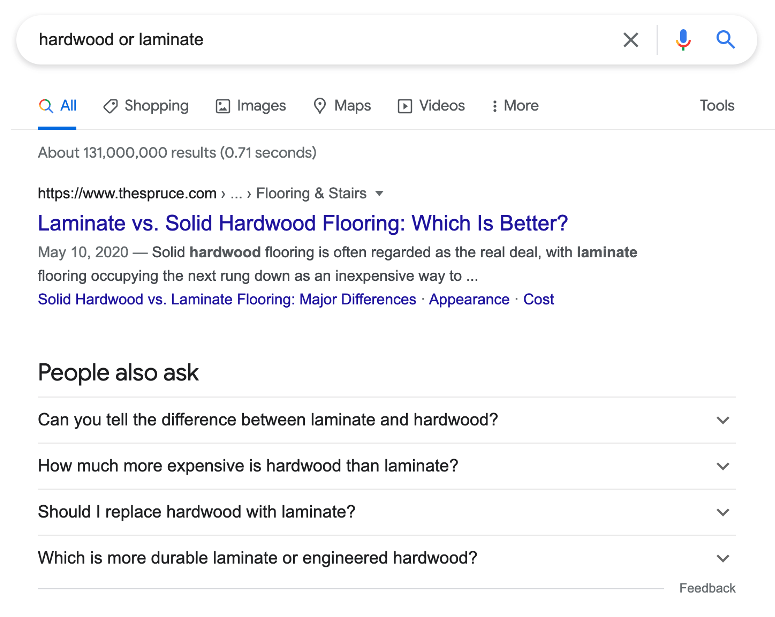 Examples of commercial search intent:
Examples of commercial search intent:
-
- Hardwood or laminate
- Best weight loss program for women
- Popular avocado recipes
- Transactional: the person is ready to buy. This person is looking for the best product/service and the place to buy it.
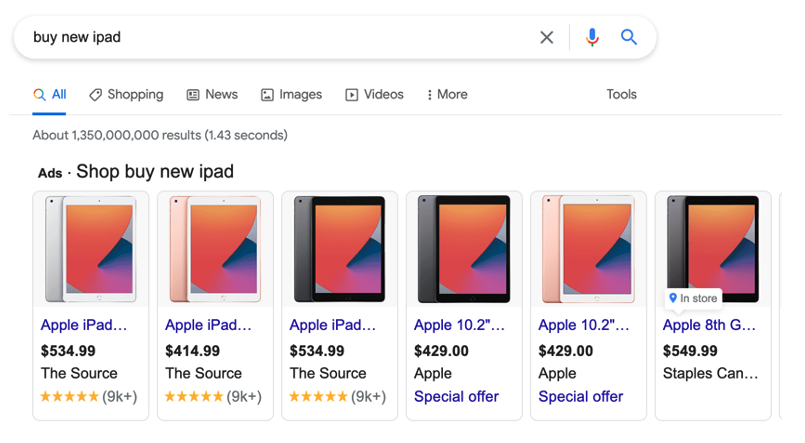 Examples of transaction search intent:
Examples of transaction search intent:
-
- Deals on protein powder
- Buy new iPad
- C60 Coupon
- Navigational: the person is looking for a specific website. Instead of typing and guessing at the website URL, they type the company name, brand, product, or service in the search box.
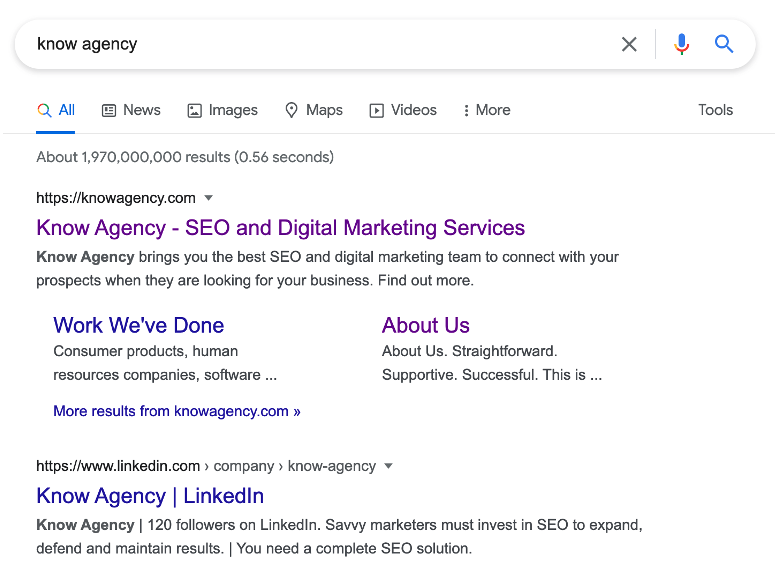 Examples of navigational search intent:
Examples of navigational search intent:
-
- Know Agency
- Netflix login
- Komen Cancer Support
How to Determine Search Intent
To determine search intent, you need to know how people are searching for and using your target keywords.
Use these tools and approaches to determine search intent:
- Study the search engine results page (SERP). Type your keyword phrase into Google. Review the search results.What kind of content is returned? What are the People Also Ask questions? Is there a featured snippet? What does the autocomplete show you for additional search terms, phrases, queries? What are the queries and questions displayed in Related Searches?Remember, Google shows you the content it believes best answers search intent. This is the type of content you need to create and optimize.
- Use a keyword research tool like Semrush. Research your keywords and look at keyword variations, questions, related keywords, and search volume.It’s important you dig deeper than knowing your keywords – you need to know how these keywords are used, who is using them, how this content ranks in Google, and the search history for your keywords.
- Learn how people are searching for your keywords. Answer the Public shows you the questions, prepositions, and comparisons for your keywords that people are asking/using in Google.
To create the right content, you need to know what people want and need from Google.
How to Optimize for Search Intent
To optimize for search intent, do these 4 steps:
- Decide what type of content addresses search intent best. Look at the content returned in search results for your keywords. This is the type of content you want to create. Decide if you’re creating a blog post, product page, landing page, or category page.
- Decide the best content format for the search intent. Look at the top-ranking pages returned in the search results for your keywords. What is the content format of these pages?
-
- How-to or guides
- Tutorials
- Lists
- Comparisons
- Reviews
- Thought leadership
- Content hubs
- Decide on your messaging for the search intent. What is your angle or perspective on the topic and search intent? This is how you communicate your expertise, authority, and trustworthiness (E-E-A-T) to Google and your audience. Remember to research related keywords associated with your specific content angle.
- Remember the user experience. Google wants to give users content that meets search intent and provides a positive user experience. You cannot have one without the other.Make sure your content is:
-
- Easy to read
- Uses plain familiar language
- Mobile-friendly
- Easy to navigate with internal links to relevant content
- Secured with HTTPS
- Fast – no one likes a slow website
- Not cluttered with intrusive pop ups
4-Step Search Intent Checklist for Health and Wellness Brands
Use our 4-step search intent checklist to find and optimize for search intent:
- Look at the SERPs. What are people searching for?
- Read the top-ranking content. What is the content format and angle?
- Know your angle and perspective. What do you want to tell readers?
- Put the reader first. How can you deliver a positive user experience?
At Know Agency we specialize in organic search and paid search marketing expertise and leadership for health and wellness brands.
Contact us – we want you to keep your users and Google happy. This makes us happy.



